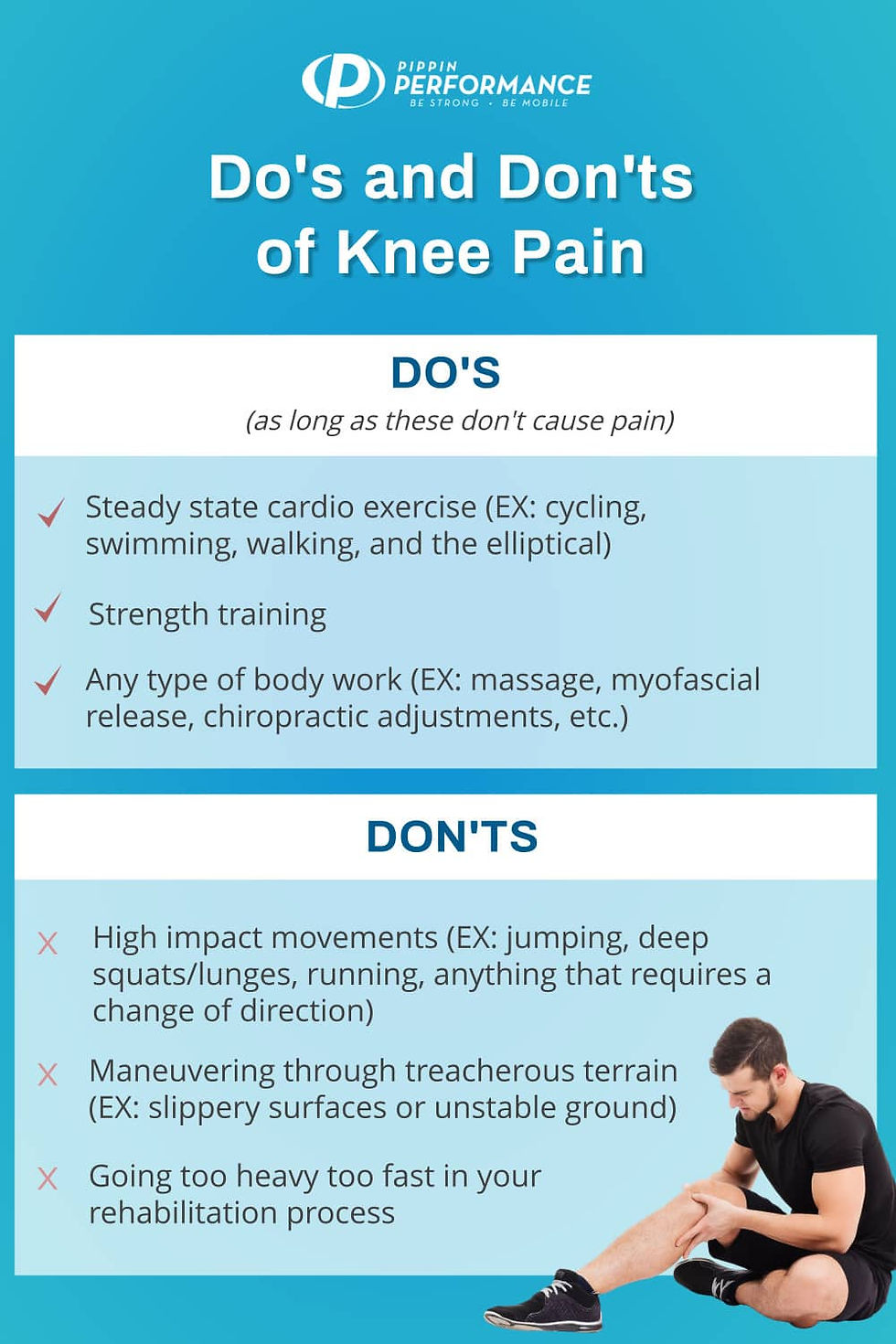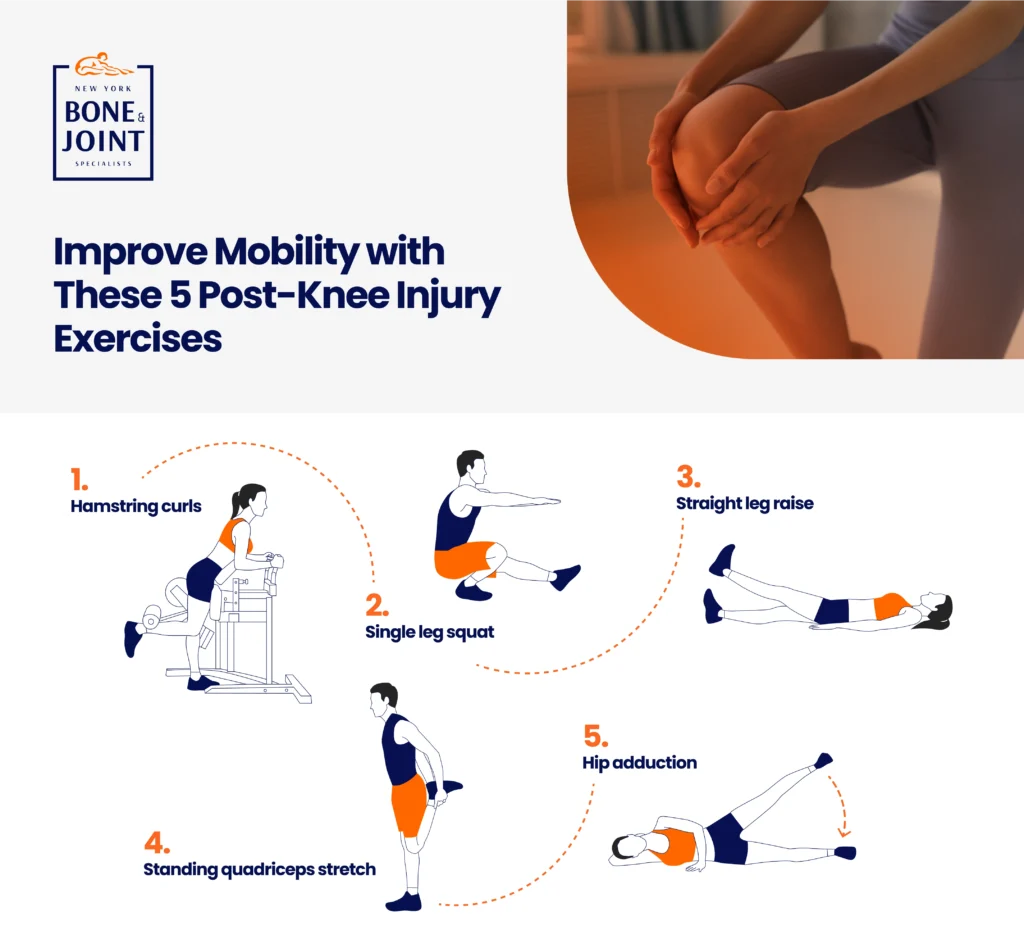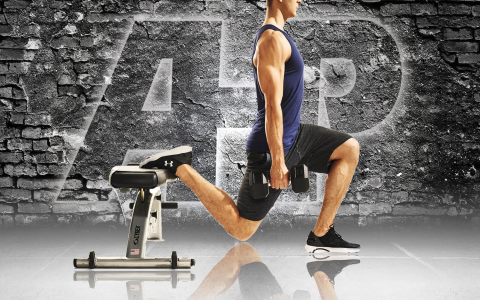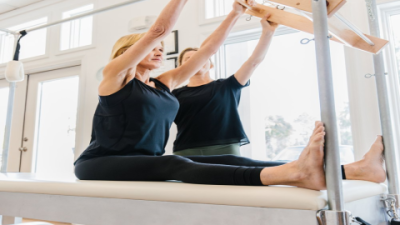Lunges are a staple exercise for building lower body strength, but many people experience lunges and knee pain that can sideline their progress. Actually, knee discomfort during lunges is often a sign of underlying issues like poor form, muscle imbalances, or limited joint mobility. However, understanding these problems and applying targeted solutions can help you keep lunging safely and effectively. In our team's case, we found that addressing hip mobility and strengthening key muscle groups dramatically reduced knee pain for most clients.
Why Do Lunges Cause Knee Pain?
First off, it is worth noting that knee pain during lunges is usually caused by improper technique or muscle weaknesses rather than the exercise itself. For example, when the knee extends too far past the toes or caves inward, it places excessive strain on the joint. This misalignment can lead to inflammation or even injury over time. Limited hip or ankle mobility also forces the knee to compensate, increasing stress on the joint.
According to a study by MD Therapeutics, poor form and weak quadriceps or glutes are among the top contributors to knee pain during lunges. They recommend focusing on proper alignment and strengthening surrounding muscles to prevent discomfort. Similarly, Onward Physical Therapy highlights that dynamic knee valgus—where the knee collapses inward—is often due to weak lateral hip muscles and poor neuromuscular control.

Common Symptoms
- Sharp or dull pain in the front or sides of the knee during lunges
- Discomfort after exercising or prolonged activity
- Feeling of instability or weakness around the knee joint
How to Fix Knee Pain During Lunges: Step-by-Step Guide
Here’s a practical approach to fix lunges and knee pain by improving hip mobility and building strength.
- Check Your Form: Keep your knee aligned over your toes and avoid letting it push too far forward. Maintain an upright torso and engage your core for balance.
- Warm Up Properly: Perform dynamic stretches such as leg swings and hip openers to increase flexibility in the hips, quadriceps, and hamstrings before lunging.
- Strengthen Key Muscles: Focus on exercises that target the glutes, quadriceps, and hamstrings. For instance, glute bridges, leg extensions, and hamstring curls help stabilize the knee.
- Improve Hip and Ankle Mobility: Work on ankle dorsiflexion and hip flexor stretches to reduce compensatory knee stress.
- Modify Your Lunges: Try reverse lunges or limit your lunge depth by using a chair to reduce knee pressure while still activating muscles.
Why These Steps Matter
Each step addresses a root cause of knee pain during lunges. Proper form reduces joint stress, warming up prepares muscles for movement, strengthening builds support, mobility exercises prevent compensation, and modifications allow continued training without pain.
Comparison Table: Forward Lunges vs Reverse Lunges for Knee Pain
| Feature | Forward Lunges | Reverse Lunges |
|---|---|---|
| Knee Stress | Higher pressure on the front of the knee (patella) | Lower knee stress; more hamstring and glute activation |
| Muscle Focus | Quad-dominant | Glute and hamstring dominant |
| Difficulty | Requires more balance and control | Generally easier on the knees |
| Suitability for Knee Pain | May aggravate knee pain if form is poor | Recommended for those with knee discomfort |
| Range of Motion | Longer stride, more knee flexion | Shorter stride, less knee flexion |
Interestingly, reverse lunges tend to be safer for people experiencing knee pain because they reduce the load on the patella and engage the posterior chain more effectively. However, forward lunges can still be performed safely with proper technique and strength.
Common Misconceptions About Lunges and Knee Pain
Additional Tips to Prevent Knee Pain During Lunges
It is worth noting that footwear plays a crucial role. Wearing shoes with proper arch support and cushioning can reduce impact forces during lunges. Also, gradually increasing lunge intensity and volume allows your muscles and joints to adapt safely.
In our case studies, clients who incorporated hip mobility drills such as hip flexor eccentric exercises and ankle mobility routines saw a 40% reduction in knee pain within six weeks. These mobility improvements helped correct compensations that otherwise overloaded the knee joint.
Sample Hip Mobility Exercise
- Half-kneeling hip flexor stretch: Kneel on one knee, push hips forward gently, hold for seconds.
- Hip flexor eccentric loading: Slowly lower the thigh forward and back to strengthen the hip flexors.
Conclusion
To sum up, lunges and knee pain often go hand in hand due to form errors, muscle weakness, and mobility restrictions. However, by focusing on proper technique, strengthening the glutes and quadriceps, improving hip and ankle mobility, and modifying lunge variations, you can safely perform lunges without pain. Remember, the reverse lunge is a great alternative for those struggling with knee discomfort.
Therefore, don’t let knee pain stop you from reaping the benefits of lunges. With the right approach, you can build strength, improve stability, and protect your knees for the long haul.
References:
MD Therapeutics, “Knee Pain During Lunges: Causes, Treatment, and Prevention,” 2025.
Onward Physical Therapy, “Knee Pain During Lunges,” 2025.

CNN Health, “Alleviate the ache and strengthen your knees with the reverse lunge,” 2024.



